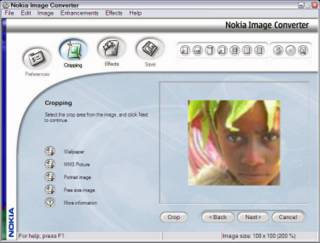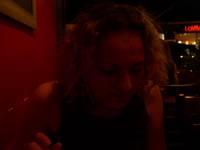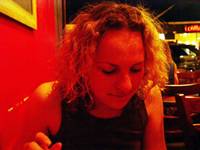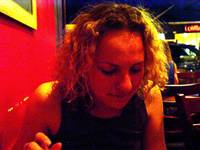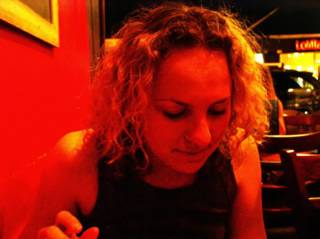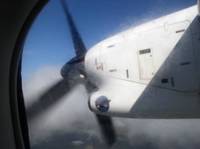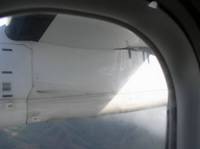I'm using the term Big Boys, for those that might have a vested interest in what you do with your photos. So I've chosen HP, Hewlett Packard as an example printer supplier and Kodak as an example of a specialist printer paper supplier and photo finisher. This is as opposed to camera suppliers that might just focus on images from their cameras. Yes I realize that both HP & Kodak produce digital cameras, but I had to start looking somewhere.
Both HP & Kodak now let you download there Photo Album Software for free.
Link to
HP Image Express
Link to
Kodak Easy Share
They are probably offering the software free hoping that you will use the services they provide (notably ordering prints over the net). Both have nice ways to upload your photos to the web and order prints on line. So they want aunt maud and granny to order prints from the net as well. This is good marketing logic and so I'm guessing it will be successful.
So My Verdict?
Well all are great value for money! No seriously they are good. The HP Album are getting used less than the Kodaks, but they both do a great job printing. HP Image Express is more an camera companion album.

The HP Photo manager is not quite in the same league as Kodak's Easy share, or HPs other Product Image Express. It is however a very solid package and also seems to get the best out of printers (even on Kodak paper). There are Title, Keywords and descriptions fields which you can record for each photos, which can aid searching for and finding pharaoh (assuming you don't mind typing all that on, for each photo) It is much nicer looking than the HP photo & image gallery software that came with my printer & again with my scanner, but since the scanner is connected to that I'll end up staying with photo & image gallery and it will probably be the software fridge for HP Photo Manager. Image express claims it is "Simple, blazingly fast photo software", and it is. The biggest detraction for Image express in my view is its file management and wanting to read and index every file you have.

I'm not sure just what it is but the Kodak has a nice big colourful button called "on touch to better pictures" under the printing tab. It is automatically set to Enabled if the printer you select is able to take the more advanced photographic setting, which I assume is mainly settings for different paper types. It does a really great job when I used my HP Photosmart printer and special kodak papers. I also like the little heart that lets you tag your favourite images. In fact the tagging mechanism is nice, there are allso people and place tags, once new tags are added you can just select them from a pull down list. This album is likely to remain on my desktop for a while.

One thing that is really annoying me about a lot of photo album mangers is the fact that they try to take over file management, and the result is it can be hard to know where the photos actually are stored. Kodak losses a point or two here. whilst you can easily identify the to folders read when you create an album, you can not easily see the location of a photo in an album. You have to use the properties option and then you just get a big long directly name not a graphic tree.
Phew what a long blog, sorry about that



